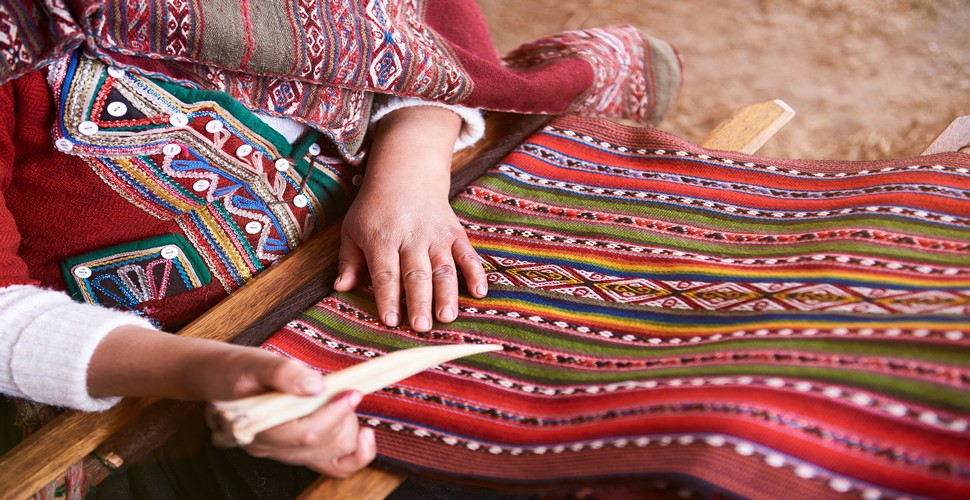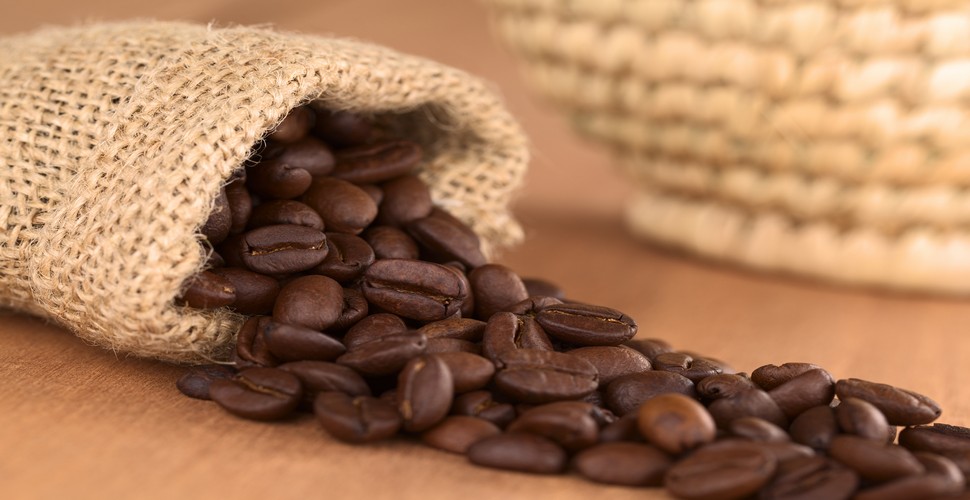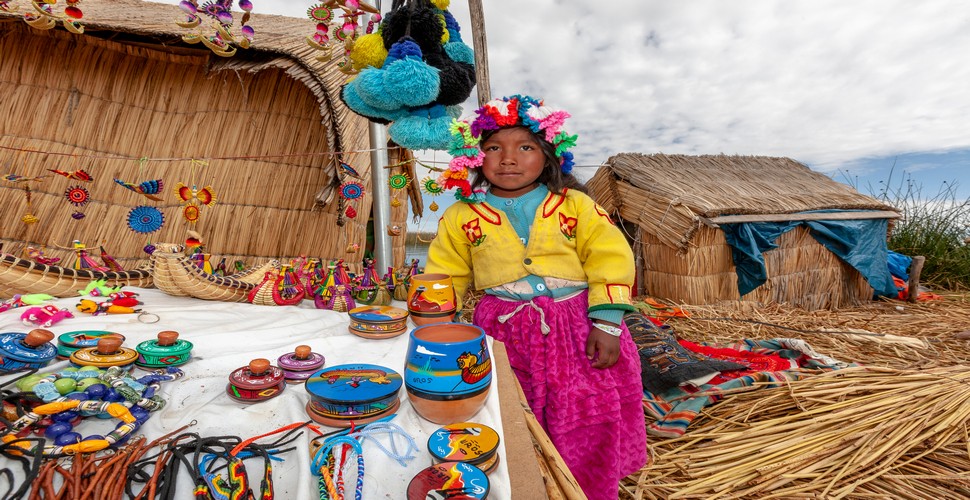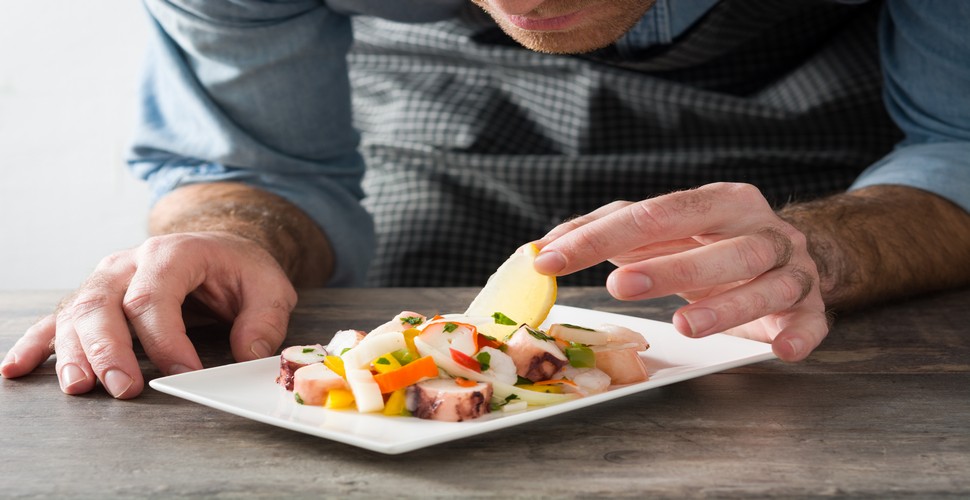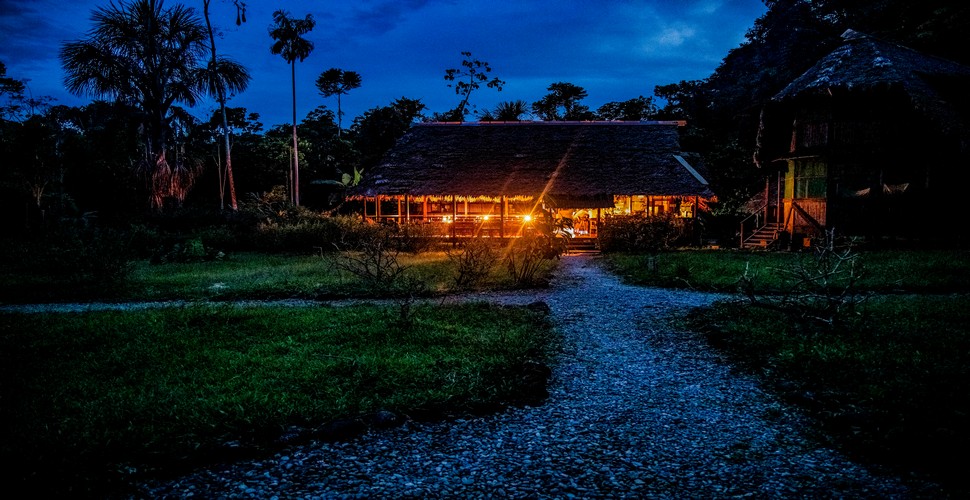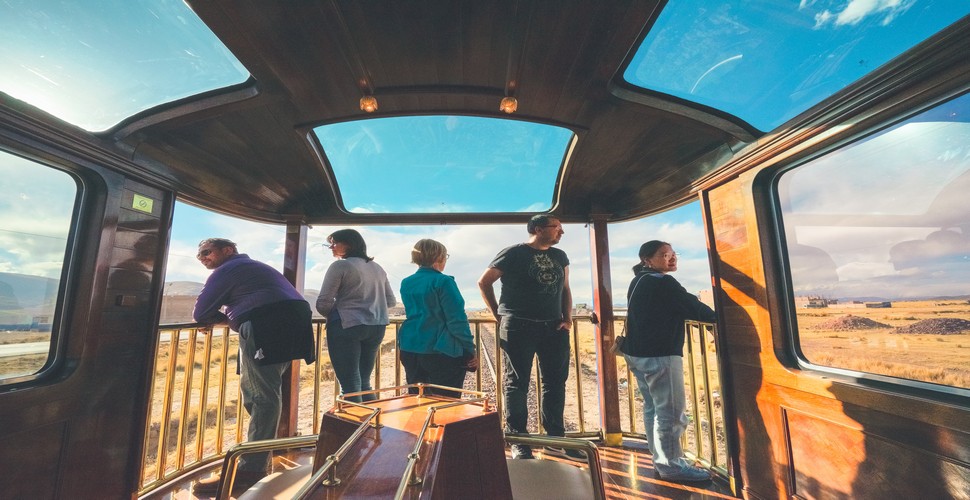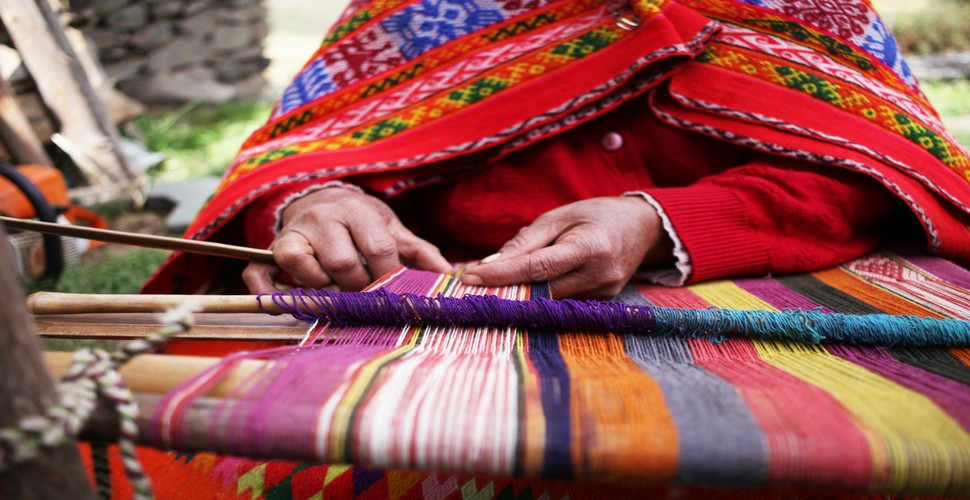

Claire Dean
Travel in South America is a joy to behold. The rich variety of destinations, experiences, landscapes and geography fascinated me so much, that I chose to relocate here, over 20 years ago! The best thing I ever did! Allow me to share my knowledge and passion for Central and South America with you and help you plan your holiday of a lifetime!

The Best Cultural Tours in Peru
Written by:Claire Dean
Last Update: 2025-01-09
Of course, you will want to visit Machu Picchu on your trip to Peru but what about watching native women weaving in the same way that the predecessors have done for over 500 years? Or sipping coffee on the same farm where the coffee beans are grown? or riding a slow train through a gorgeous altiplano landscapes? Here are some suggestions on how to enjoy Peru from a local perspective and incorporate cultural activities to your tour of Peru. From food and drink to artisan traditions and unforgettable train rides, try these recommended Peru culture trip activities to get more out of your travels.
Andean Weaver in Chinchero
Uncover the History of Peru's Coffee Culture
These days, you see Peruvian coffee everywhere from your corner coffee shop to the Starbucks at the airport. But where does it come from, exactly, and who's behind the process? Delve into Peru's fascinating coffee-growing culture by heading away from the cities and into the country's agricultural heart.
There are several key coffee-growing regions in Peru. One is Chanchamayo, located amid the jungles and the mountains of the Junín region, in central Peru. Coffee is also grown in the Southern Highlands and in the region around Amazonas and San Martin. The highest concentration of coffee plantations in northern Peru is around San Ignacio, close to the border of Ecuador. There are also coffee-growing regions near Santa Teresa on the way to Machu Picchu. So how do you access the coffee scene? Take a private or small group tour of a coffee farm to see the harvest up close, it's worth your time, even if you have just an extra day or two to spare from Lima or Cusco. Of course, it goes without saying that locally-produced coffee also makes an excellent souvenir or gift.
Peruvian Coffee
Visit Artisans in Their Workshops
Practically everyone comes home from Peru with a woven blanket, bag, or sweater. It's almost impossible to resist buying something. Because textiles — as well as artwork, painting, jewellery, and other handicrafts, aren't just an old tradition in Peru, they are intrinsic to the national identity. Most travelers pick up their purchases in artisan markets, like the famous Mercado de Artesanía in Pisac. And those shopping experiences are well worth your time. But if you're interested in learning about the traditions behind the colorful objects for sale in the market, consider going behind closed doors to visit artisans in the workshops. If you're interested in a day trip, you can arrange for a private tour into artisan communities or, if you happen to be near one of the country's handicraft capitals, you can simply drop in.
Uros People´s Handicrafts on Titicaca
Master the Art of Ceviche in a Cooking Class
Shopping for local ingredients in the market is often included in a cooking class experience
Feasting on fresh ceviche in Lima is par for the course. But what if you could really understand how such classic Peruvian dishes are made — and take those skills home with you? It's possible. Sign up for a cooking class and you'll eat and drink well, learn something, and arm yourself with culinary skills to last a lifetime.
In Lima, several venues in the neighborhood of Miraflores offer classes specializing in Peruvian classics or in specialized cuisines like Andean cooking or seafood. Some of the best experiences take you into a local marketplace first to choose the ingredients. But you'll find cooking classes almost anywhere in the country that sees a steady stream of tourists, including Cusco and Arequipa. Many classes include a cocktail lesson, too. Ideal for beginners, as the pisco sour (Peru's national cocktail) is both delicious and fool proof.
Adding the Final Touches to a Ceviche
Learn About the Landscapes at an Ecolodge
Peru has one of the most diverse landscapes on the continent. If you're on a tour of the whole country that takes you from the mountains to the rainforest to the jungle to the beach, you'll enjoy an overview. But if you want to really understand the flora and fauna of a specific environment, you'll find that checking into an ecolodge is a lovely way to do it. Refugio’s Amazonas Lodge is one example. Located on a tributary of the Amazon, it's about as remote as you can get. The surrounding area is incredibly biodiverse: you won't have to try hard or wait long to spot pygmy marmosets and red uakari monkeys. In southern Peru, Sandoval Lake Lodge — only accessible by canoe — offers a rainforest experience with sightings of giant river otters and black caimans.
This is just one of Peru's countless ecolodges. Whether you book independently or visit as part of a tour, checking into one of these peaceful and eco-friendly hotels is a wonderful way to get up close and personal with Peru's awe-inspiring landscapes.
Amazon Ecolodge
Take a Local Train
In Peru, there are trains designed for tourists, like the Vistadome between Cusco and Aguas Calientes (near the entrance of Machu Picchu) and there's no shame in taking them. The luxuries onboard are fun, to be sure, but they have little to do with the way that real Peruvians travel from point A to point B. While you will not be able to take the local train to Machu Picchu as a tourist, you can try the unique six-hour journey between Huancayo and Huancavelica. The so-called "El Tren Macho" ("The Macho Train") offers spectacular Andean scenery from the train windows, plus an opportunity to interact with locals and try traditional foods sold by onboard vendors. And you'll end up in a beautiful mountain city, Huancavelica, where you're unlikely to bump into crowds of international tourists. Note that the service was temporarily suspended for the Covid pandemic so check on the railway's status online before planning your trip.
Tourists on the Titicaca Train
A weaving Tour
Like many traditional crafts, the practice of Andean weaving was ravaged by modernization and mass production. For a while, it seemed that the age-old skills and traditional way of life were dying out in Peru. That is, until recent decades when Andean weaving had a revival of sorts. During your trip to Peru, you can visit a traditional weaving hamlet and learn about time-honored weaving processes, which have deep cultural and spiritual meaning to these communities. You’ll find out how they shear the alpaca and sheep, clean the wool, spin the yarn, hand-dye the wool using plants and weave the intricately patterned textiles on back-strap looms. After sharing the weaving techniques passed down through generations, you and the kids can have a go yourself.


